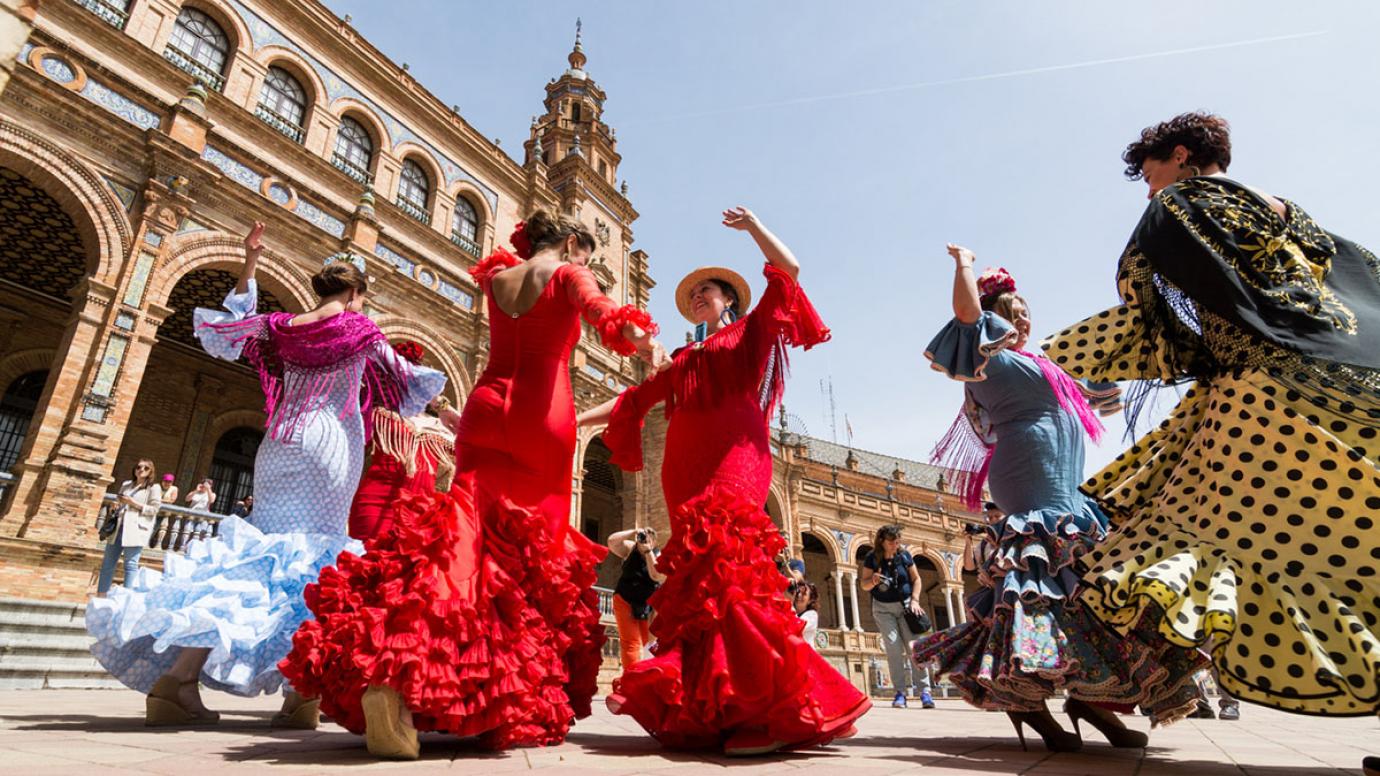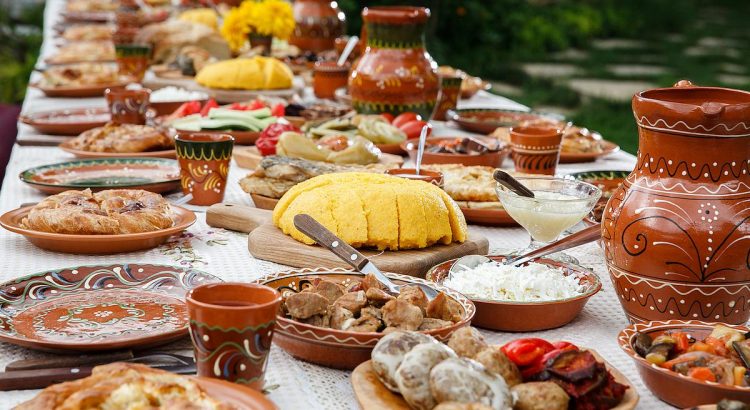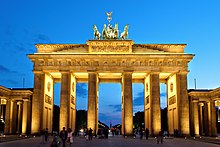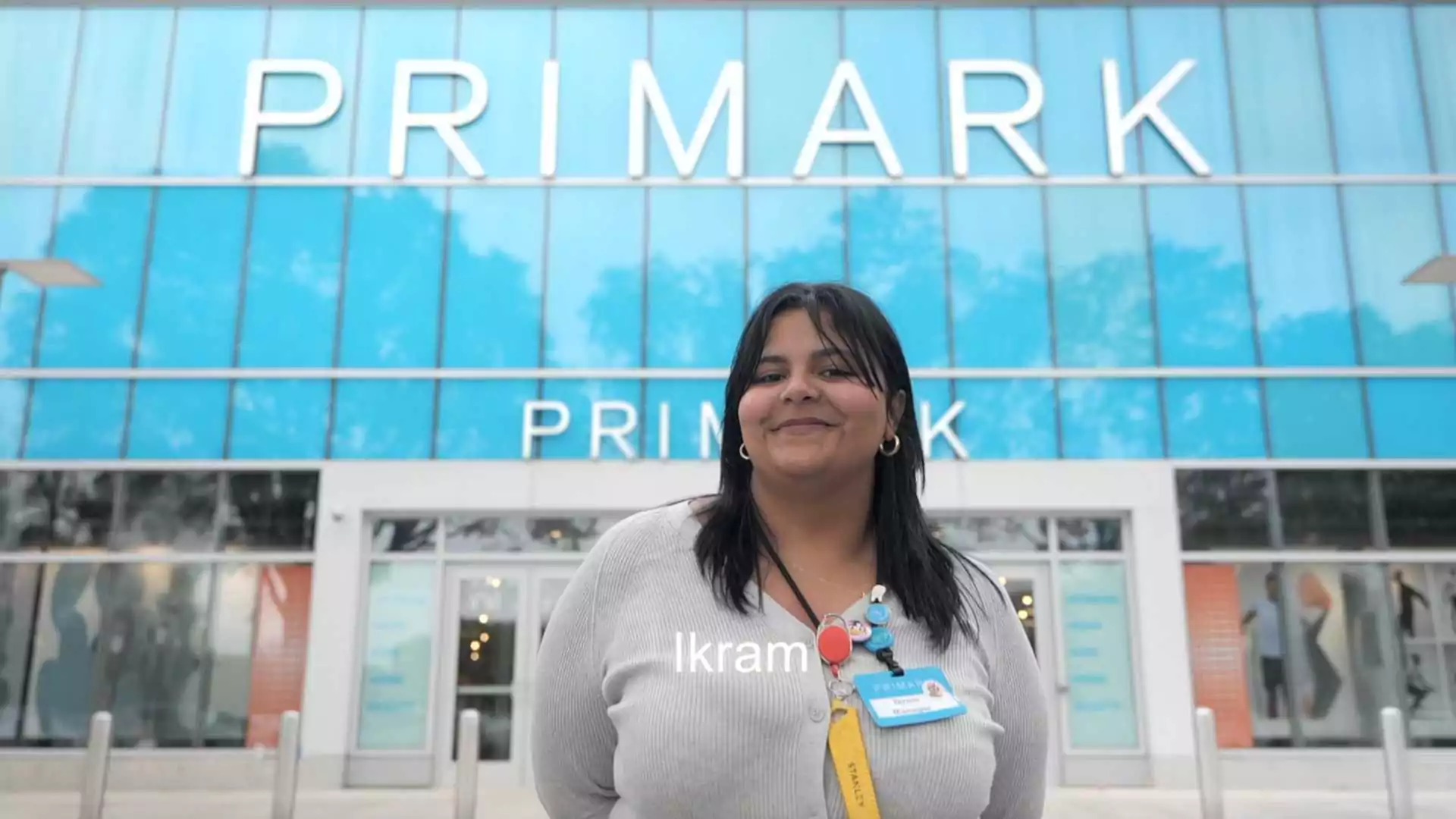Introduction to European Culture and Traditions
Europe is a tapestry woven with diverse cultures and rich traditions. Each country tells its own story, reflecting centuries of history, art, and human experience. From the majestic fjords of Norway to the sun-soaked piazzas of Italy, every corner offers unique customs that shape its identity. Whether you’re sipping coffee in a Parisian café or dancing at a Spanish fiesta, exploring European culture reveals fascinating insights into how people live and celebrate life.
Want to dive deeper? Join us as we journey through Europe’s cultural curiosities—from ancient rituals to modern-day festivals—and discover what makes this continent so captivating!
The Rich History of European Countries
Europe is a tapestry woven with rich historical narratives. Each country has its own story, shaped by battles, empires, and revolutions.
From the Roman Empire’s vast influence to the medieval kingdoms that dotted the landscape, history pulses through European cities. Landmarks like the Colosseum in Rome or the castles of Scotland whisper tales of yesteryears.
The Renaissance sparked creativity across Italy and beyond. Art flourished as thinkers challenged norms. This period laid foundations for modern thought.
World wars transformed nations dramatically. Borders shifted and cultures blended in unexpected ways. The scars of conflict are evident but so is resilience.
Beyond wars, Europe’s history includes vibrant trade routes that connected diverse peoples. Markets thrived where ideas mingled freely, enriching local traditions along the way.
Each European country’s past adds depth to its identity today, creating a fascinating mosaic waiting to be explored further.
Unique Cultural Customs and Traditions Across Europe
Europe brims with distinctive customs that reflect its diverse heritage. In Spain, the lively tradition of La Tomatina sees locals hurling tomatoes at one another in a spirited celebration each August. It’s a vibrant mess that draws crowds from around the globe.
Head north to Norway, where the annual Sankthans marks Midsummer’s Eve with bonfires and folk songs. This event celebrates the sun’s return after months of winter darkness.
In Italy, you’ll find unique rituals surrounding weddings. The “Matrimonio” involves elaborate celebrations filled with music, food, and traditional attire—each region adding its own flair.

Meanwhile, Scotland showcases its Highland Games—a display of strength and athleticism featuring events like caber tossing and tug-of-war. Every year people gather to honor their Scottish roots through competition and camaraderie.
These traditions enrich local identities while creating an inviting tapestry for visitors to explore across Europe.
Traditional Festivals and Celebrations in Europe
Europe is home to a dazzling array of traditional festivals that reflect its rich cultural tapestry. From the colorful carnivals in Venice, where masks and costumes reign supreme, to Oktoberfest in Munich, celebrating beer with music and merriment, each event tells a unique story.
In Spain, La Tomatina involves an epic tomato fight that leaves participants drenched but joyful. Meanwhile, the Running of the Bulls in Pamplona attracts thrill-seekers from around the globe.
The festive atmosphere during Christmas markets across Germany enchants visitors with twinkling lights and delightful treats like Stollen and glühwein.
Scotland’s Hogmanay marks New Year’s Eve with bonfires and traditional songs sung at midnight.
These celebrations are not just events; they are vibrant expressions of local heritage that invite everyone to participate in shared joy through age-old customs.
Food, Drinks, and Dining Etiquette in Different European Countries
Europe’s culinary landscape is as diverse as its cultures. Each country boasts unique dishes that reflect regional ingredients and traditions. From Italy’s rich pasta offerings to Spain’s vibrant tapas, food tells stories of place and people.
Dining etiquette varies widely across the continent. In France, for instance, it’s polite to keep your hands on the table but not your elbows. Meanwhile, in Germany, finishing every morsel signals appreciation for the meal served.
Drinks are equally varied; a crisp Czech pilsner holds pride in the beer capital of Prague while Italy showcases exquisite wines from Tuscany.
When dining out, remember that many European countries prioritize leisurely meals over quick bites. Conversations flow freely as courses arrive slowly—often a chance to savor each moment shared with friends or family at the table.
Cultural Taboos and Superstitions in Europe
Europe is a tapestry of diverse cultures, each woven with its own taboos and superstitions. In Spain, for instance, many believe that sweeping the floor at night sweeps away good luck. This peculiar notion reflects a deep-rooted respect for fortune.
In Italy, breaking a mirror is said to bring seven years of bad luck. People often handle mirrors carefully to avoid mishaps.
Scotland boasts its own quirks; stepping on cracks in pavement can invite misfortune or even ruin your day. Such beliefs are part of everyday life.
Meanwhile, the French have their share as well—many refuse to place bread upside down on tables as it’s thought to summon death. These intriguing customs reveal how deeply ingrained cultural fears and values shape daily practices across Europe.
How These Traditions Shape the European Identity
European traditions act as the threads that weave together the diverse cultural fabric of the continent. Each country boasts its unique customs, yet all share a common thread of history and heritage.
These practices foster a sense of belonging among communities. They create connections to ancestors and generations past, enriching individual identities within larger national narratives.
Language, art, music, and folklore also play crucial roles in shaping perspectives. Traditional expressions carry stories that unite people across borders.
Moreover, festivals often highlight regional distinctions while promoting unity through shared experiences. This celebration of diversity is essential to understanding what it means to be European today.
As globalization accelerates change, these enduring customs remind us of our roots. They invite reflection on personal identity amid evolving landscapes shaped by migration and modernity.

Tips for Embracing and Experiencing Local Cultures While Traveling in Europe
Immerse yourself in the local culture by learning a few key phrases in the native language. A simple “hello” or “thank you” can open doors and hearts.
Participate in community events. Check local calendars for festivals, markets, or art exhibitions happening during your visit. These experiences often reveal hidden gems of tradition.
Try dining where locals eat instead of tourist spots. Authentic meals provide insight into culinary traditions that reflect history and regional preferences.
Engage with residents. Ask questions about their customs and stories; people love to share their heritage.
Be open to new experiences, whether it’s sampling unusual foods or joining a traditional dance. Each moment enriches your understanding of the place you’re exploring.
Respect cultural norms, such as dress codes for religious sites or local etiquette at dinner tables. Awareness fosters better connections with those around you.
Frequently Asked Questions
What are some common cultural customs in Europe?
Europe is a tapestry of cultures, each with its own unique customs. For instance, greeting styles vary widely; in France, a kiss on both cheeks is standard, while in Germany, a firm handshake is preferred.
Why are traditional festivals important to European culture?
Traditional festivals serve as vital expressions of heritage and community. They bring people together to celebrate history, art, food, and seasonal changes. Events like Oktoberfest in Germany or La Tomatina in Spain attract visitors from all over the world.
How can I experience local traditions when traveling through Europe?
To truly immerse yourself in local culture and traditions during your travels across Europe: seek out community events or workshops; try staying with locals via homestays; participate in cooking classes that teach regional dishes.
Are there any famous superstitions across different European countries?
Absolutely! Superstitions often reflect historical beliefs and social norms. In Italy, it’s considered bad luck to open an umbrella indoors. Meanwhile, many British believe that finding a four-leaf clover brings good fortune.
What role does food play in European culture?
Food is at the heart of every celebration and gathering throughout Europe. Each country boasts signature dishes that reflect its geography and history—think pasta in Italy or croissants in France—connecting generations through shared meals.
Understanding these nuances enriches your travel experiences while deepening your appreciation for Europe’s diverse cultures and traditions.













